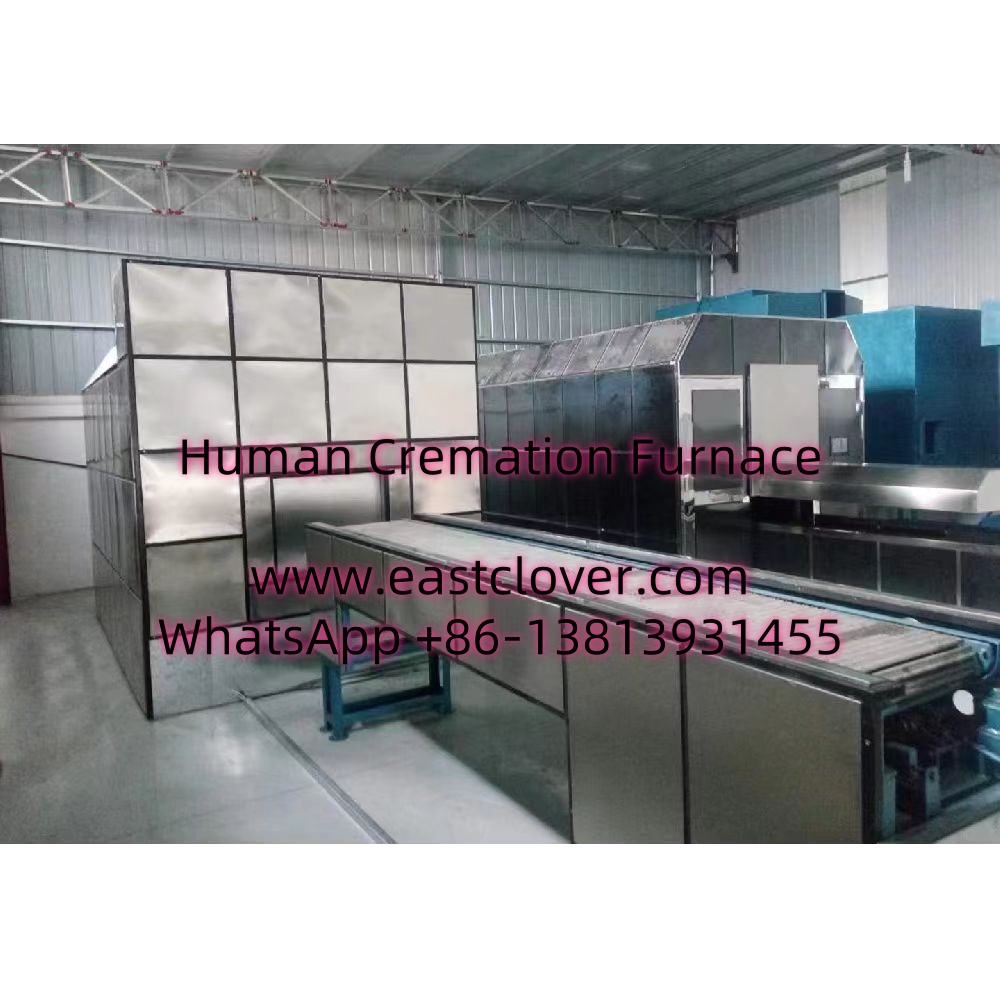Introduction
The loss of a beloved pet is an emotionally challenging experience, and pet owners increasingly seek dignified and personalized end-of-life care for their companions. Custom pet cremation furnaces play a pivotal role in meeting these expectations, offering tailored solutions that balance efficiency, environmental responsibility, and emotional sensitivity. Designing such equipment requires careful consideration of technical, regulatory, and ethical factors to ensure a respectful and sustainable process.
Key Considerations for Designing a Custom Pet Cremation Furnace
1. Capacity and Throughput
Pet crematories vary in scale, from small veterinary clinics to large dedicated facilities. A furnace’s capacity must align with the expected workload. For instance, a high-throughput facility may require a multi-chamber system to handle multiple pets simultaneously, while smaller operations might prioritize compact, single-chamber units. Load size also matters—designs should accommodate pets ranging from small birds to large dogs, ensuring consistent performance across sizes.
2. Fuel Efficiency and Energy Sources
Modern furnaces often use natural gas, propane, or electricity. Gas-powered systems typically offer faster cremation times, while electric models may suit urban areas with emission restrictions. Advanced insulation materials, such as ceramic fiber, improve heat retention, reducing fuel consumption. Renewable energy integration, like solar-powered preheating, is an emerging trend for eco-conscious providers.
3. Emissions Control and Environmental Compliance
Stringent environmental regulations mandate effective emission management. Secondary combustion chambers and afterburners break down harmful particulates and gases, while scrubbers or filters capture pollutants. Designers must adhere to local air quality standards and consider carbon footprint reduction through energy recovery systems.
4. Material Durability and Heat Resistance
Furnace linings endure extreme temperatures (1,400–1,800°F). Refractory bricks or castables with high alumina content provide longevity, while stainless steel exteriors resist corrosion. Regular maintenance access points, like removable panels, extend the equipment’s lifespan.
5. Customization for Memorialization
Many pet owners request keepsakes, such as ashes in urns or jewelry. Furnaces with separate ash collection systems ensure purity, while modular designs allow integration with memorial product creation, like paw-print casting stations.
6. Automation and Safety
Programmable logic controllers (PLCs) enable precise temperature and cycle management, minimizing human error. Safety features like automatic shutdown mechanisms, pressure relief valves, and CO detectors protect operators. Ergonomic designs reduce physical strain during loading and unloading.
Tailored Solutions for Unique Needs
Modular and Scalable Designs
Modular furnaces allow facilities to expand capacity incrementally. Stackable units or add-on chambers let businesses adapt to growing demand without replacing entire systems.
Eco-Friendly Innovations
Bio-cremation (alkaline hydrolysis) systems offer a water-based alternative for clients prioritizing sustainability. Hybrid models combining combustion with renewable energy sources appeal to environmentally conscious markets.
Space Optimization
Compact, vertical designs maximize floor space in urban crematories. Mobile units mounted on trailers serve rural areas or disaster response scenarios, providing on-site services.
Cultural and Religious Adaptations
Customizable cycles accommodate specific rituals, such as extended cooling periods for ash collection in certain traditions. Dual-chamber systems enable separate processing for different species or religious requirements.
www.southclover.com
Designing a custom pet cremation furnace demands a holistic approach that balances technical precision with empathy for grieving pet owners. By prioritizing efficiency, environmental stewardship, and personalization, manufacturers can create systems that honor the bond between humans and their pets while meeting operational and regulatory demands. As the pet aftercare industry evolves, innovation in furnace design will continue to reflect society’s growing emphasis on compassion and sustainability.
FAQs
1. How long does a typical pet cremation cycle take?
Cycle duration depends on the pet’s size and furnace type. Small pets may take 1–2 hours, while larger animals require 3–4 hours. Advanced systems with rapid heating technology can reduce this time by up to 20%.
2. Are custom furnaces more expensive than standard models?
Initial costs are higher, but tailored designs often yield long-term savings through energy efficiency, durability, and reduced maintenance. Modular systems also allow phased investments.
3. How are emissions monitored and controlled?
Continuous emission monitoring systems (CEMS) track pollutants in real time. Many furnaces include integrated scrubbers and filters, with data logs for regulatory reporting.
4. Can furnaces handle non-traditional pets, like reptiles or horses?
Yes—custom builders can design units for exotic pets or large animals. Equine crematories, for example, use specialized high-capacity chambers.
5. What safety certifications should a furnace have?
Look for compliance with standards like EPA Clean Air Act, CE Marking (EU), and NFPA 86. Third-party testing ensures reliability.

Comments are closed